Land of Lobsters
Greetings from Camden, Maine — the end of my month-long voyage aboard the Huron Jewel.
This chapter begins at Lunenburg, Nova Scotia, our first port of call after Quebec. Docked in Lunenburg, we had a chance to do some deferred maintenance. If you look carefully at the photo on the left, you’ll see Thomas at the top of the foremast tightening the topmast forestay.
Docked at the pier next to us was the Bluenose, the most famous ship in Canadian history! The Bluenose was both a fishing and racing vessel in the 1920s and 1930s. This Nova Scotia schooner achieved immortality when its image was engraved onto the Canadian dime. Although the original Bluenose was lost in Haiti in 1946, its replacement, the Bluenose II, is an exact working replica.
Known as the “Queen of the North Atlantic,” this is a dazzling historic ship. Look at all that shiny varnish! A crew of 20 have the privilege of sailing her up and down the coast of Nova Scotia to show her off to adoring crowds. It was an honor for the Huron Jewel to be docked next door.
Docked on the other side of us was a scallop trawler.
We made friends with the owner of the trawler and were given enough scallops for two sumptuous dinners.
Old Town Lunenburg is one of only two urban communities in North America designated as a UNESCO World Heritage site. Founded in 1753, this city was built by shipwrights. Seventy percent of the original colonial buildings from the 18th and 19th centuries continue to greet visitors with their colorful façades and nautical architectural features, such as porthole windows, arches with elbows, widow’s walks and roofs shaped like inverted ship hulls.
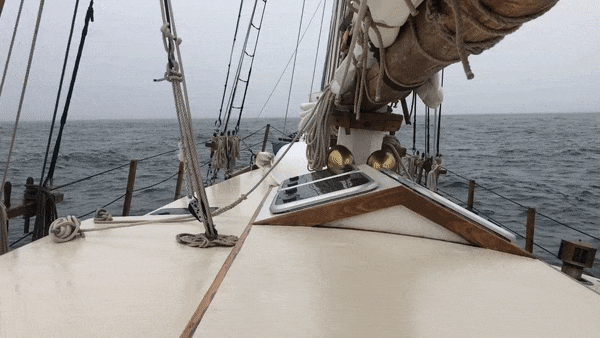
Leaving the safety of Lunenburg harbor, we sailed two days down the coast of Nova Scotia. A tropical storm had passed by just a few days ago leaving behind fog, high winds and heavy swells. Here’s how the Huron Jewel rode the waves. If you watch this video clip for 60 seconds, you’ll know how I was feeling!
After we turned the corner around the south end of Nova Scotia, the weather was favorable again. We crossed the Bay of Fundy and the Gulf of Maine on flat seas with gentle breezes. I was on watch to see the sun rise as the storm passed over us.
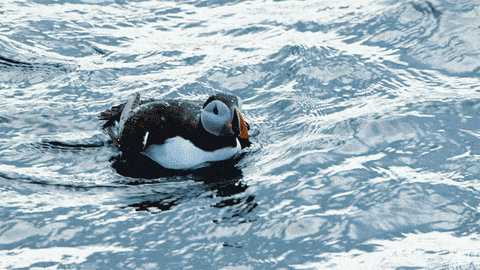
On this same watch, we saw seals, dolphins and — best of all — puffins! These darling little birds sat in family groups of a dozen or so, and then dove underwater when we sailed by.
With calm weather, we had a chance to clean up the Huron Jewel from all the salt spray we’d encountered. Out on the ocean, brasswork requires constant polishing. This is the sort of thing one does to pass time on a five-hour watch.
Arriving in American waters, we cleared customs by showing our faces and our passports by phone. The US border patrol requested a video tour of the ship and and asked whether we were carrying any fruits, vegetables, alcohol, tobacco or firearms. When we replied “no” to all, we were cleared for entry. This saved lots of time because we didn’t have to dock in Eastport, Maine.
In Maine, we sailed south under mostly clear skies. Many of Maine’s offshore islands are untouched wildernesses. At one of these beautiful islands, we dropped anchor and rowed ashore to go hiking. After a week at sea, it felt great to stretch my legs. Our dingy only holds four, so it took three trips to get everyone ashore on Cross Island.
Cross Island is part of the Maine Coastal Islands National Wildlife Refuge.
The view from the eastern shore of the island is breathtaking.
Cross Island used to host a Coast Guard rescue station. Now it’s an uninhabited island full of birds, mossy forests and gigantic mushrooms.
Our shipmate Matt lives in Machiasport. We sailed into his harbor and anchored in front of his dock. He returned the favor by treating the crew to twenty “shedder” lobsters which are just molted so they’re easy to crack open by hand. Boiled in sea water under an armful of rock grass and served with corn on the cob, this is the traditional way Mainers eat their lobster, and a perfect way to celebrate our successful voyage from Michigan to Maine. This was my first lobster meal in Maine. Since then I’ve had four more!
From Machiasport, all that was left of my voyage was a scenic cruise down the coast of Maine to Camden — dodging thousands of lobster pot buoys.
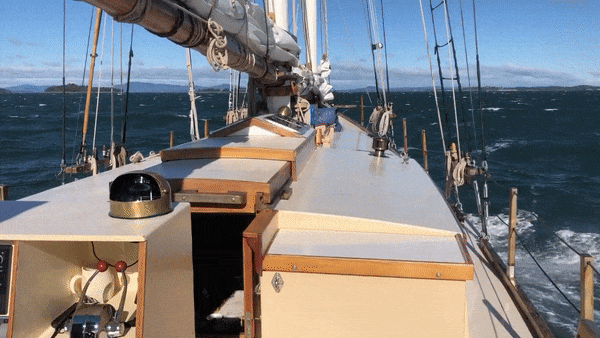
On our final approach to Camden, the wind was on our nose. Here’s the Huron Jewel prancing through whitecaps as we motored along at 7 knots.
Surrounded by tall ships, schooners, lobster boats and motor launches, the Huron Jewel was right at home in Camden harbor. We earned a first row dock in the marina and gave free dock tours to locals and tourists.
Here’s where I must say farewell to my friends and crew with whom I’ve sailed almost 2,000 miles.
From Maine, the Huron Jewel will sail south to Florida, east to the Bahamas, west to the Gulf of Mexico and finally back to Michigan in June 2023. Along the way, they’ll compete in the Great Chesapeake Bay Schooner Race and join the Tall Ships Challenge in Galveston, Biloxi, Pensacola and Tampa. For a full listing of the Huron Jewel‘s ports of call and itinerary, click here. From day to day, you can track Huron Jewel’s progress by clicking here.
If you’ve followed my blogs, you know that this has been an amazing adventure and a fantastic way for me to see places I’d never seen before. I’ve also learned a lot about tall ship sailing. The Huron Jewel will be sailing through some beautiful warm places from November through May. If you have sailing experience and would like to volunteer as crew, or if you’d like to charter the Huron Jewel for yourself and your family, click here.
As for me, I have travel plans in another part of the world. Stay tuned for my next adventure.
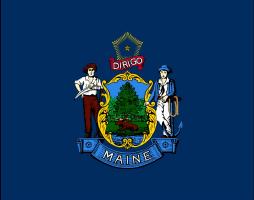
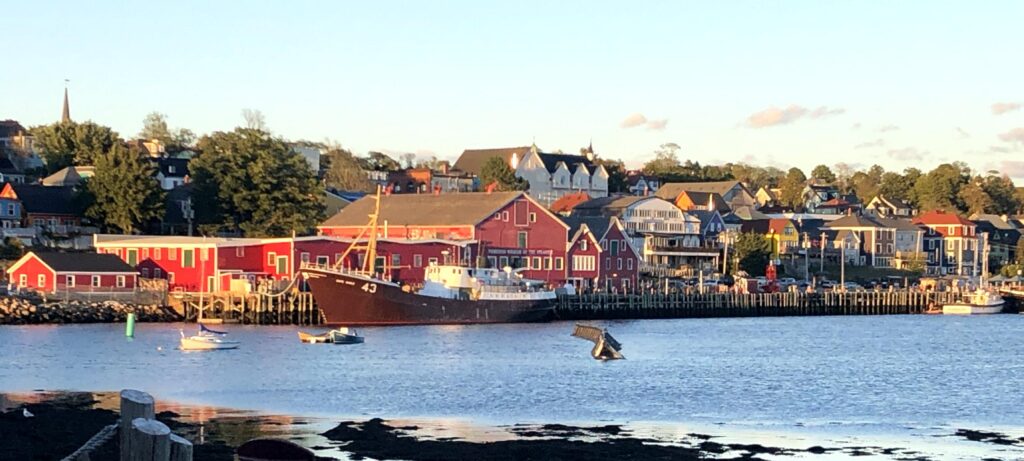
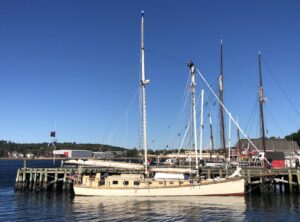
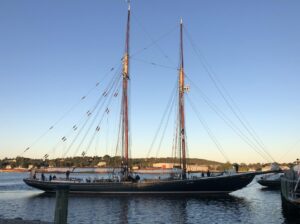
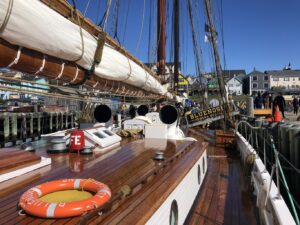










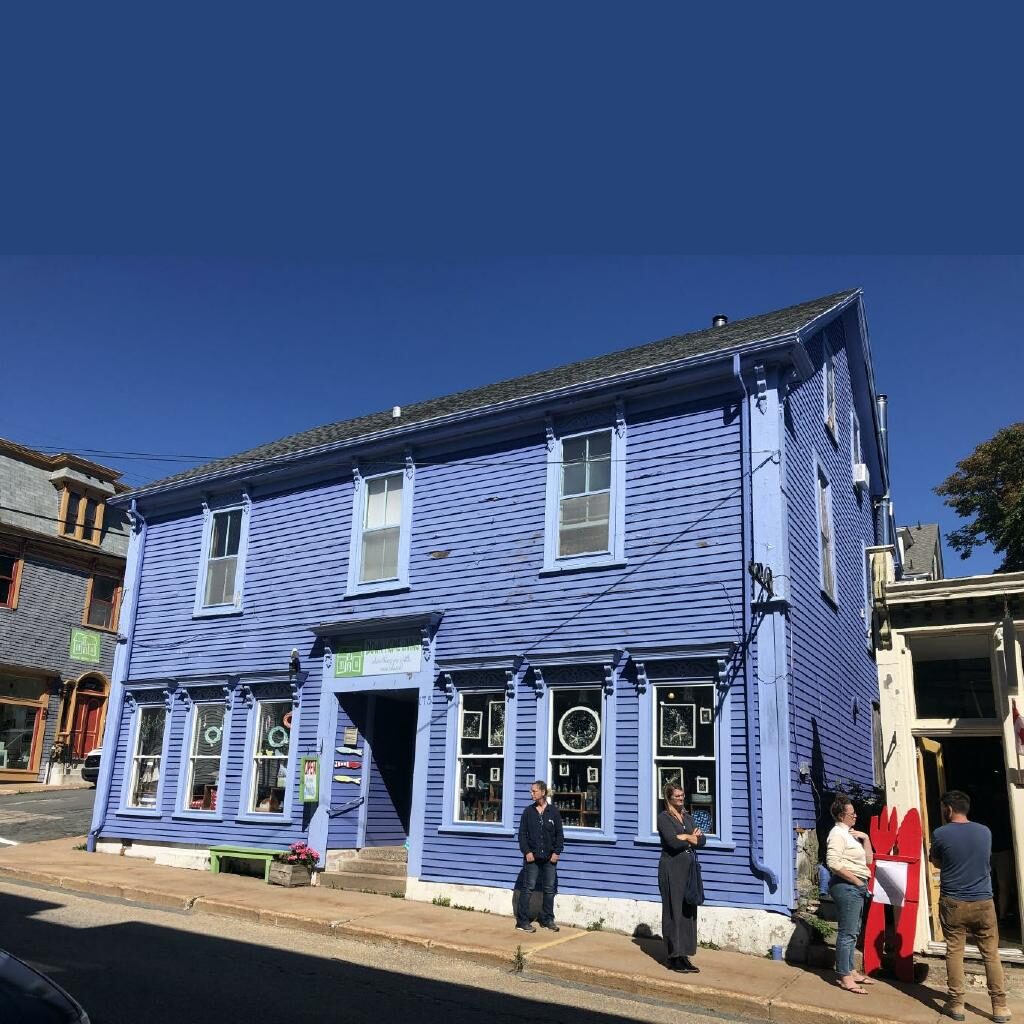
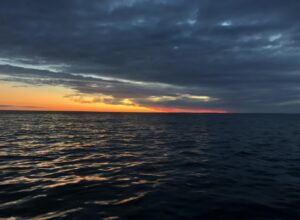
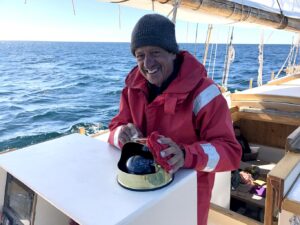

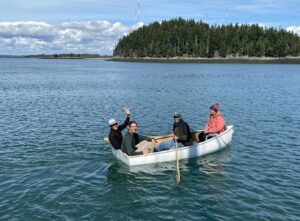
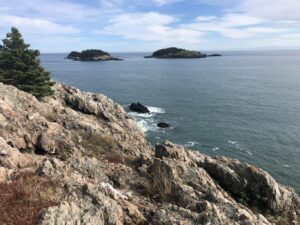

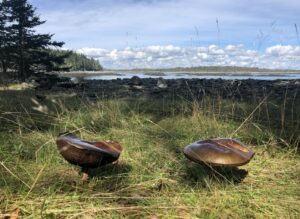

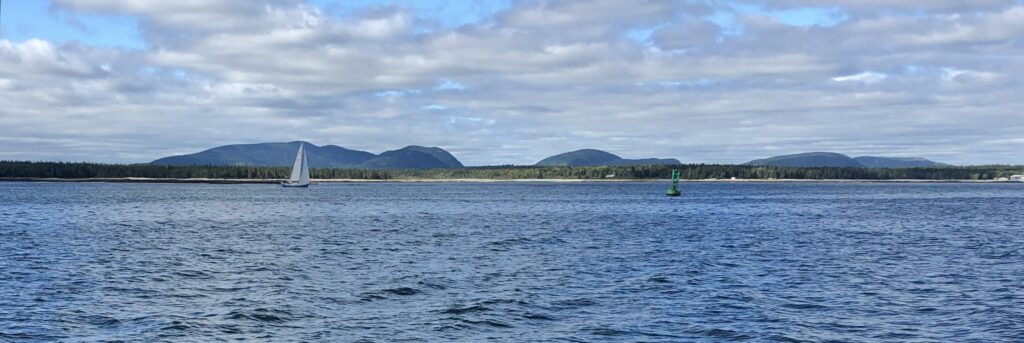


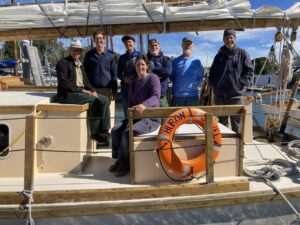
I love this so much, Maine is amazing and these photos are wonderful. So glad to see you enjoying such an adventure!
Nick,
This stirred fond memories for me. I spent 4-5 years of long weekends in the late 70s on an old 30; yacht on Lake Superior, mostly in the Apostle Islands. The boat was functional and that was all that was important to us. It served us well in several crossings, lazy cruising in the islands, and surviving storms that Lake Superior is famous for – 8-10′ swells and gale force winds. In the end, as beautiful and exciting as it was, the camaraderie of the crew was the most important and memorable takeaway.
Thanks for all you share with us. By the way, our good friends are headed to the Galapagos in January and we are sharing you priceless advice to us with them.
Jim
Nic,
As usual, very informative and entertaining blog you are maintaining. The clips of the Huron Jewel sailing through the waves are precious…now that’s living vicariously. The photos of Cross Island were so beautiful- once again you brought us to places most of us will never get to experience. The opening pic of Lunenburg is print worthy. I also enjoyed the architecture of the homes…
Wow! What a great adventure! It was great to get your reports along the way . Looking forward to your next trip. So glad to have met you and had the tour of The Huron Jewel in Penatangusheen Safe journey. Dana & Nancy
Beautiful part of the world indeed….glad you were out of Nova Scotia before Fiona arrived..sad to see the damage there😟.
Sorry to hear of the reason you won’t be giving the talk on Oct 2 but we’ll remain hopeful that we may catch you in Mystic 🤞
Was wondering if Fiona had disrupted your trip. Good to read that all is well, and that you are eating well!
Great, Nick – Maine and “Lobsta” – what could be better. Your photos are great and brought back many memories of time in Maine – both on land and sea. And, don’t forget the great artist -Andrew Wyeth and his wonderful paintings of the “Olson Family” – especially Christina. in the Rockland, Maine area.
All the best,
Bill Hargreaves
Great, Nick – Maine and “Lobsta” – what could be better. Your photos are great and brought back many memories of time in Maine – both on land and sea. And, don’t forget the great artist -Andrew Wyeth and his wonderful paintings of the “Olson Family” – especially Christina. in the Rockland, Maine area.
All the best,
Bill Hargreaves
Wow! Bluenose 2!! Super cool. What a kick it would have been if afforded the opportunity for a day sail on her, after a month on the Huron Jewel. Maybe next life. 🙂 Awesome chapter. Thx.